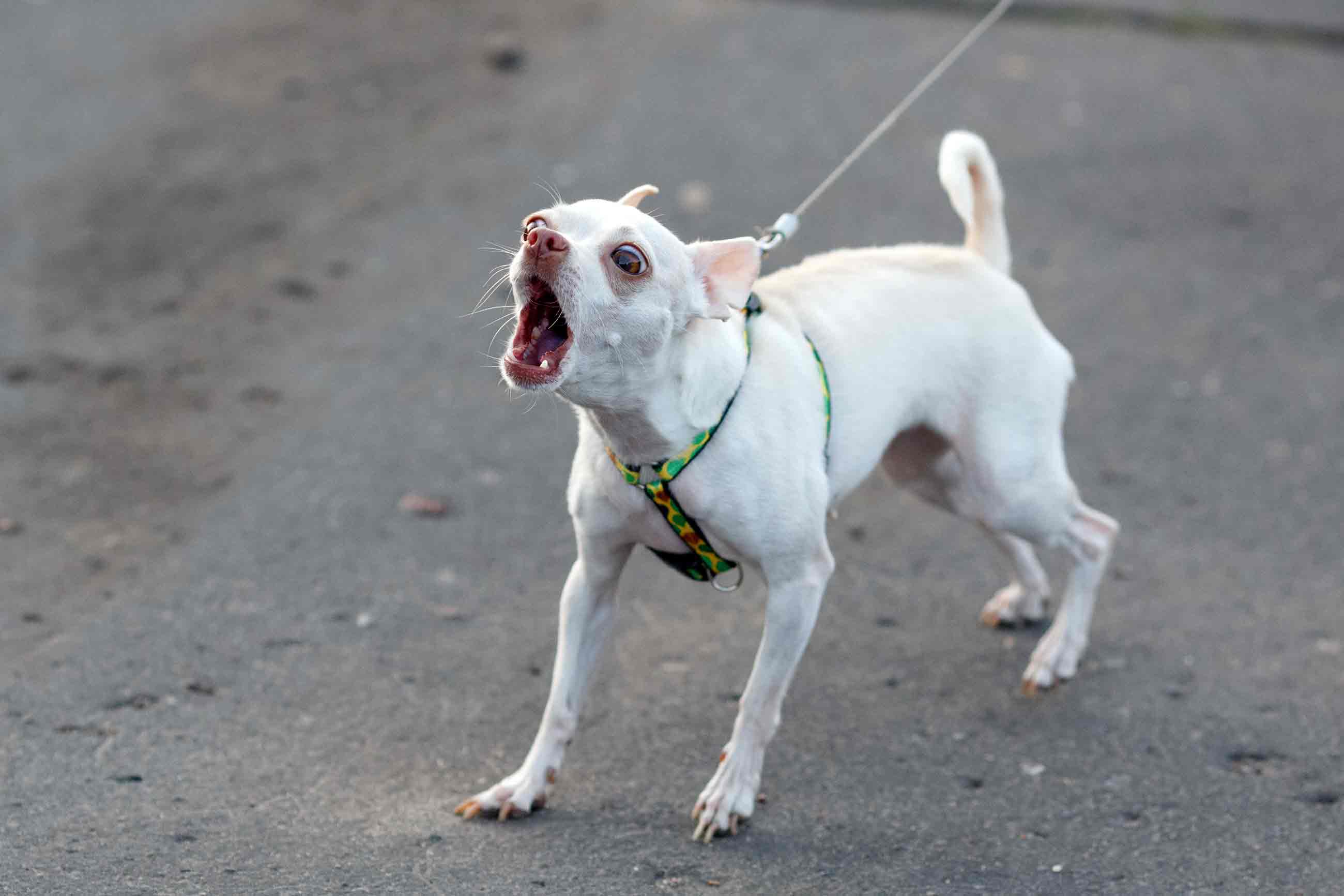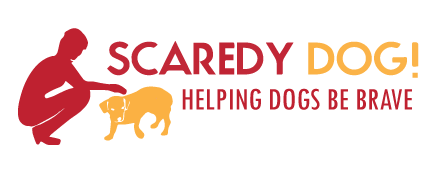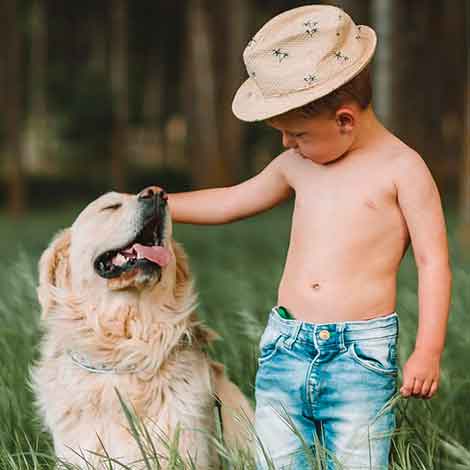Leash Reactivity

What is leash reactivity?
Leash reactivity is characterized by barking, growling, lunging, and generally going nuts at the end of the leash when another dog or person walks by. This can be a very frustrating and embarrassing problem, and is a very common complaint in dog owners. Leash reactivity usually has three root causes (or a combination of them): aggression towards the approaching person/dog; frustration that they want to greet the approaching person/dog and the leash is restraining them; or, less commonly, because they’ve been unintentionally trained to do so or simply because it’s fun.
You can generally tell the difference by how they act off-leash. Is your dog friendly at the dog park, but seemingly aggressive when you snap the leash on? This isn’t aggression – this is frustration. (If you don’t know how your dog will react off-leash, it’s best to assume he’s aggressive and not test the theory unless your dog has been muzzle trained.)
How to avoid leash frustration
Frustration can quickly turn to fear and fear-aggression by use of punishment and corrections, such as leash jerks. In owners that correct their dogs for being leash reactive, the dog soon associates an approaching dog with pain, and growls and lunges at the dog to keep him away so that the owner won’t punish him. This can also be compounded by the owner’s reaction: if the owner sees an approaching dog and tenses up, the dog assumes the approaching dog is a threat and acts accordingly.
On the other hand, if your little dog barks and lunges as an approaching dog and your reaction is to immediately pick the dog up and cuddle him, you are unintentionally training your dog to be leash reactive. Always remember that when you give your dog things it likes, whatever the dog was doing immediately before that will be reinforced and will occur more often in the future. Sometimes the behavior is self-reinforcing – even if you’re not praising, treating, or cuddling your dog, chasing a bike as it passes is more entertaining than calmly walking beside you. Luckily, fixing leash reactivity uses the same training principle regardless of the cause of it.
How to train away from leash reactivity
Step 1:
Go for a walk. You’ll need lots of high-value treats, such as cheese or hot dog. It also helps if you have a friend with a calm non-reactive dog (or a bike, or a skateboard, or whatever your dog reacts towards) waiting nearby for you to practice with. Having a Watch Me or Let’s Go cue helps as well, but it’s not necessary.
Step 2:
When you see the object, wait until your dog sees him and then get your dog’s attention (this is where the Watch Me cue comes in handy). When your dog looks at you, turn and walk back the way you came, giving him a treat and praise on the way (this is where the Let’s Go cue comes in handy). Make sure you turn and walk away before you give the treat – the main reward in this situation is getting away from the object; the treat is just a bonus.
If your dog focuses on the object and you can’t get his attention even with the treats, walk away immediately – you’re too close! The point of this exercise is to get your dog to notice the object, but not be concerned or excited over it. If you start at 100 feet away, that’s ok! Let your dog set the pace.
Step 3:
Do this at the same distance over and over again. When your dog understands what’s going on, he’ll immediately look to you when he sees another dog. Then you can progress closer. Repetition is key.
Step 4:
You’ll soon get to the point where you can pass the dog from the other side of the street. In which case, you’ll no longer have to turn around the walk back the way you came. You can keep your dog’s attention with Watch Me or by talking to and praising him. You can lure him past another dog with your treats for management purposes if you unexpectedly see another dog on a walk and have to get past. But don’t do this too often or your dog will only behave when you have food to bribe him with.
Relax!
If you tense up, your dog will tense up. Even if you’re afraid, talk to your dog in a calm and happy manner. He’ll know another dog is nothing to worry about. If you don’t feel like you can control your dog, get a harness that clips in the front or walk with a second person. If you’d feel more at ease if your dog was muzzled, go for it. Just make sure you muzzle train him properly or you’ll be causing more stress to your dog. Counter conditioning reactivity takes time, so please be patient with your dog. Getting frustrated will only delay the process. If your dog has ever bitten a person, another dog, or you’re afraid that he might, please seek professional help immediately.
Do you want to keep up with our training guides?
For more helpful tips on handling your scaredy dog, please take a look at our Training Guides. We also have our FAQ page and you can also find Scaredy Dog on Facebook.




